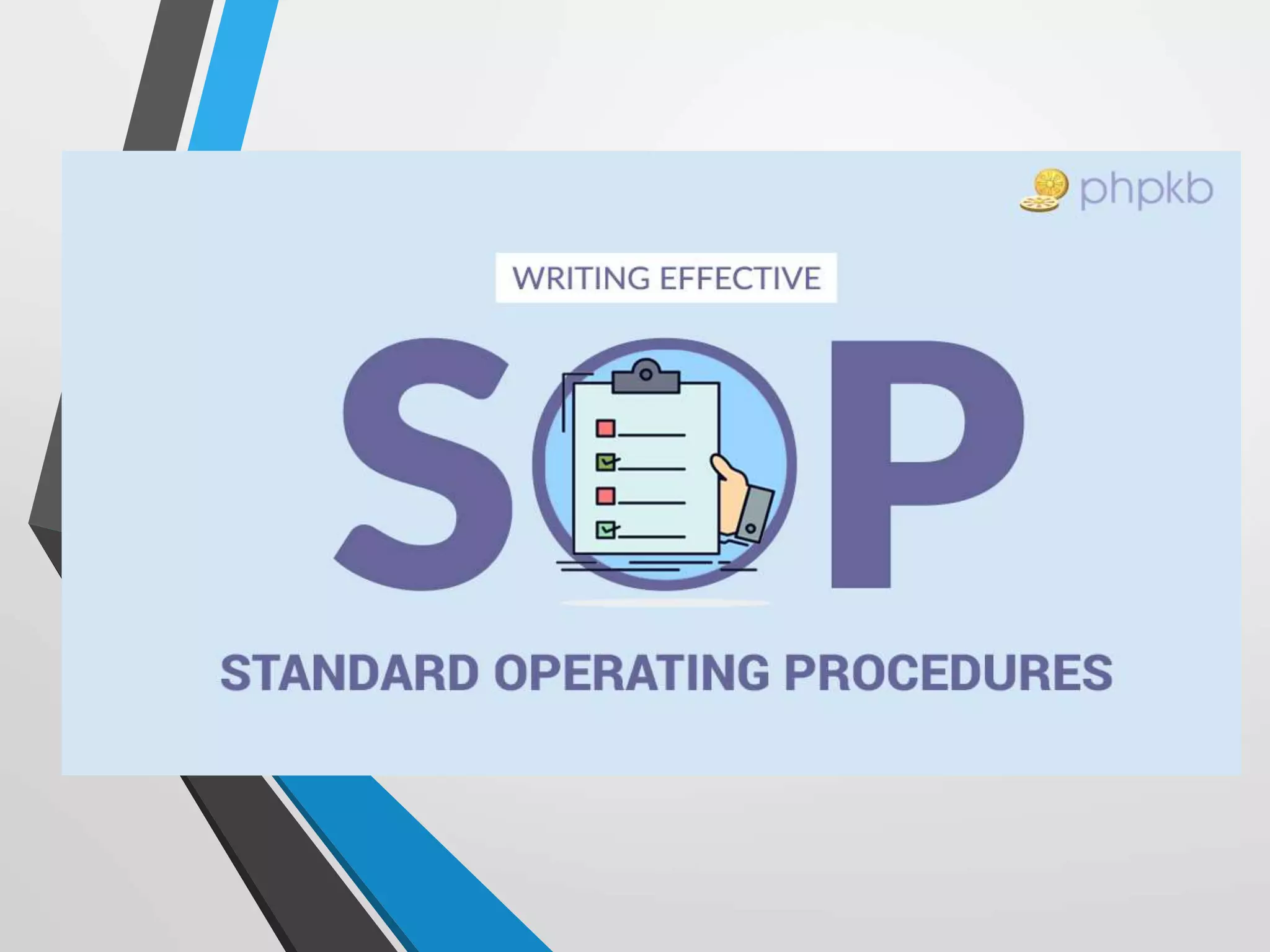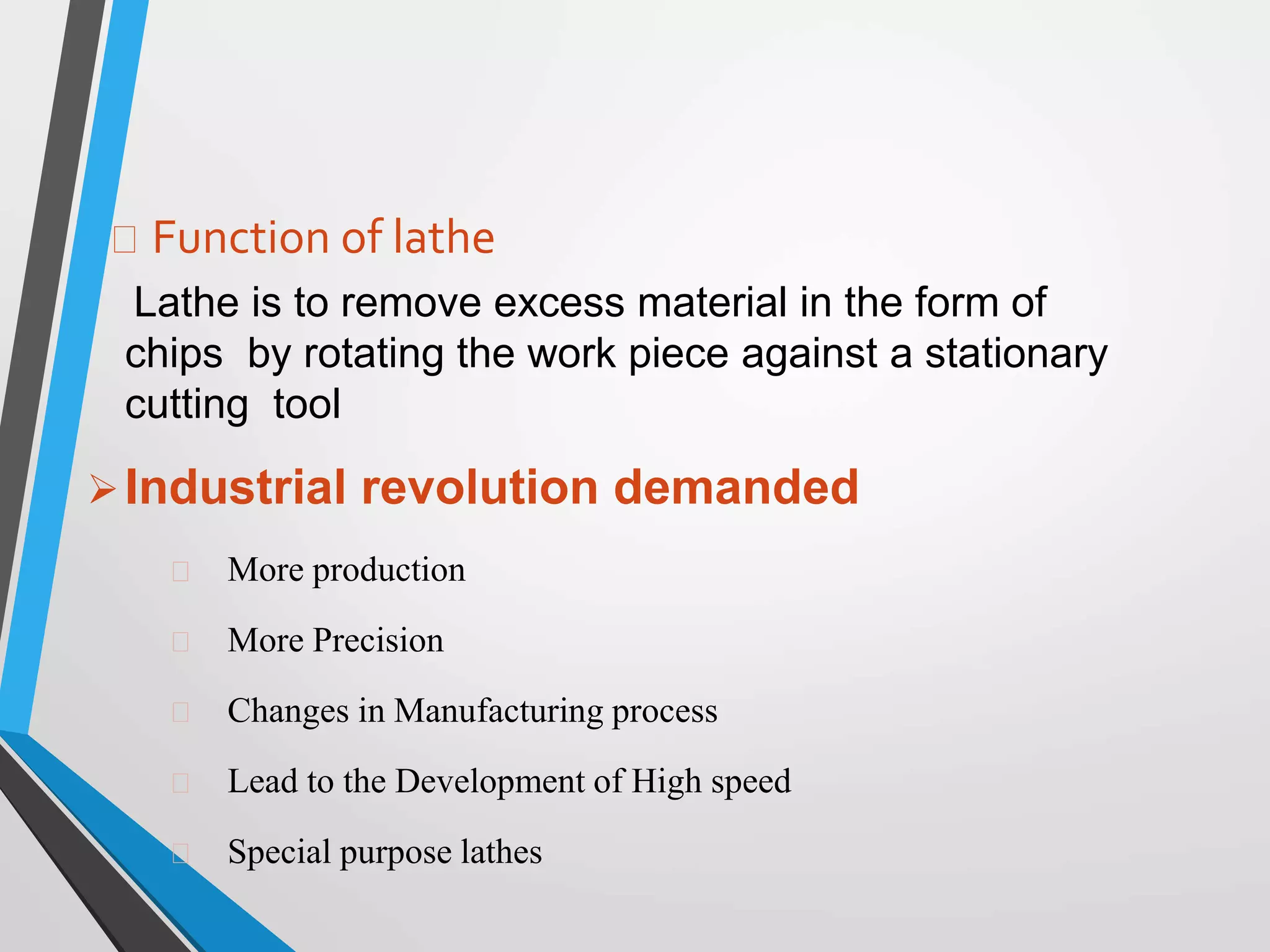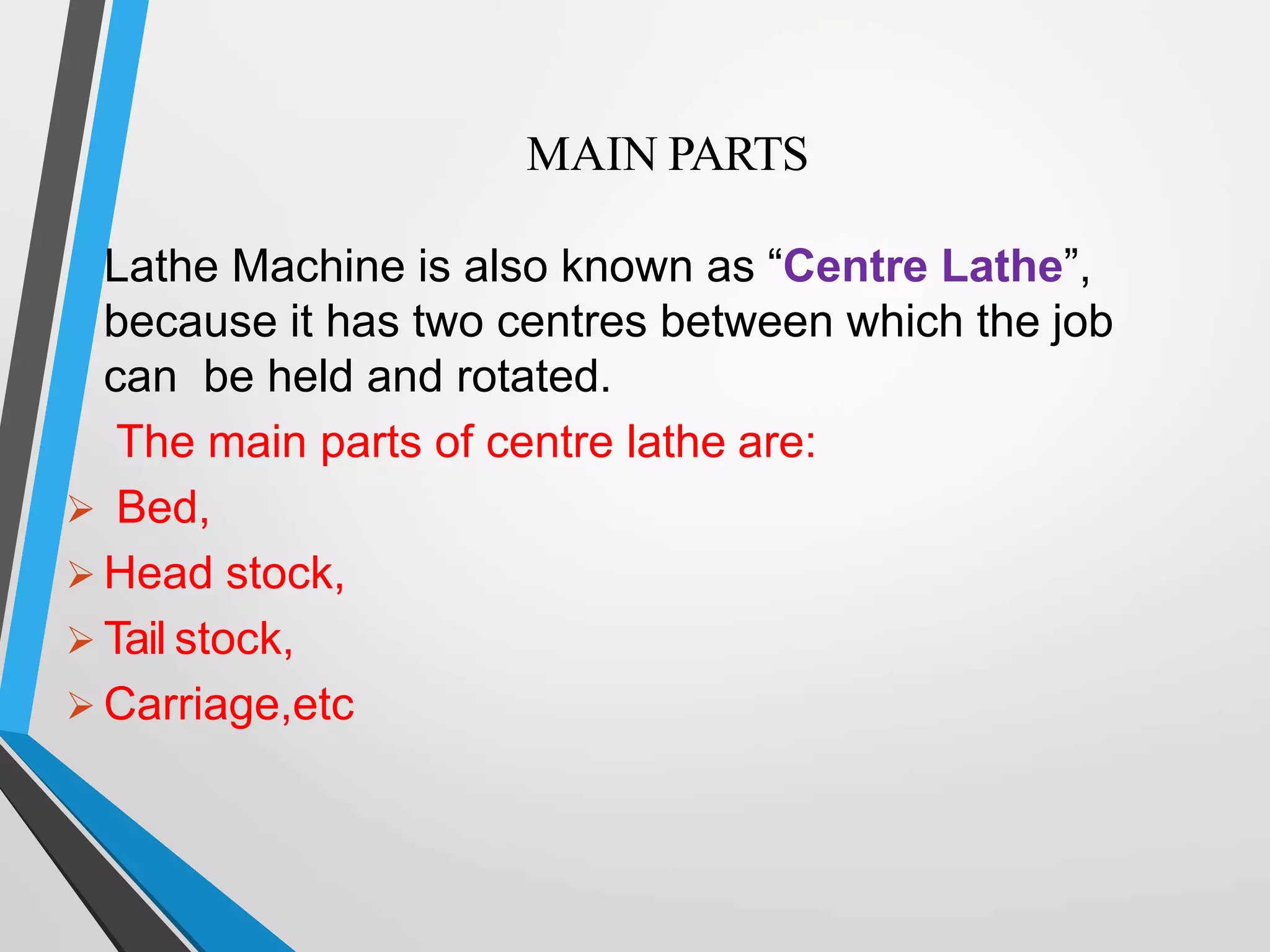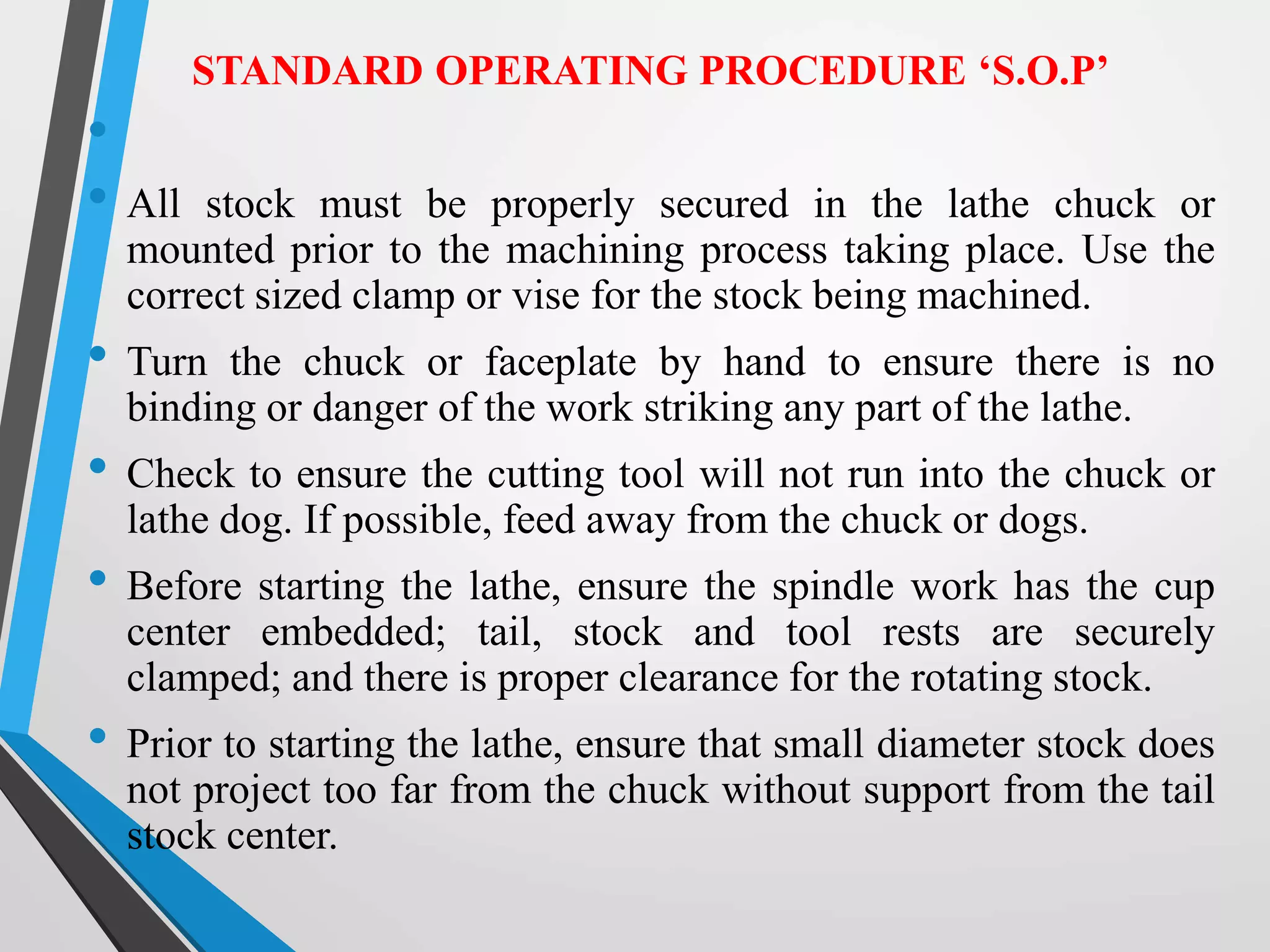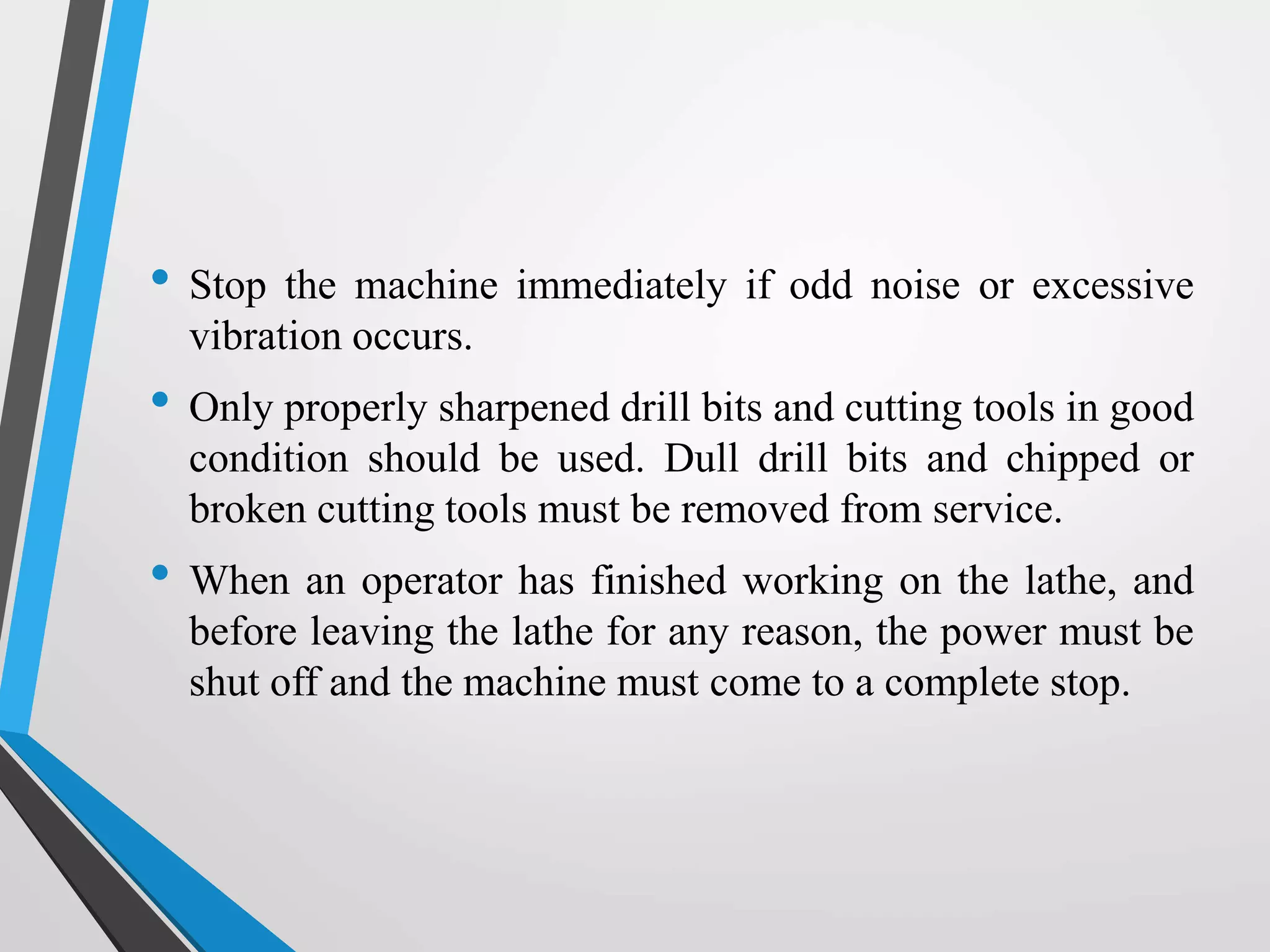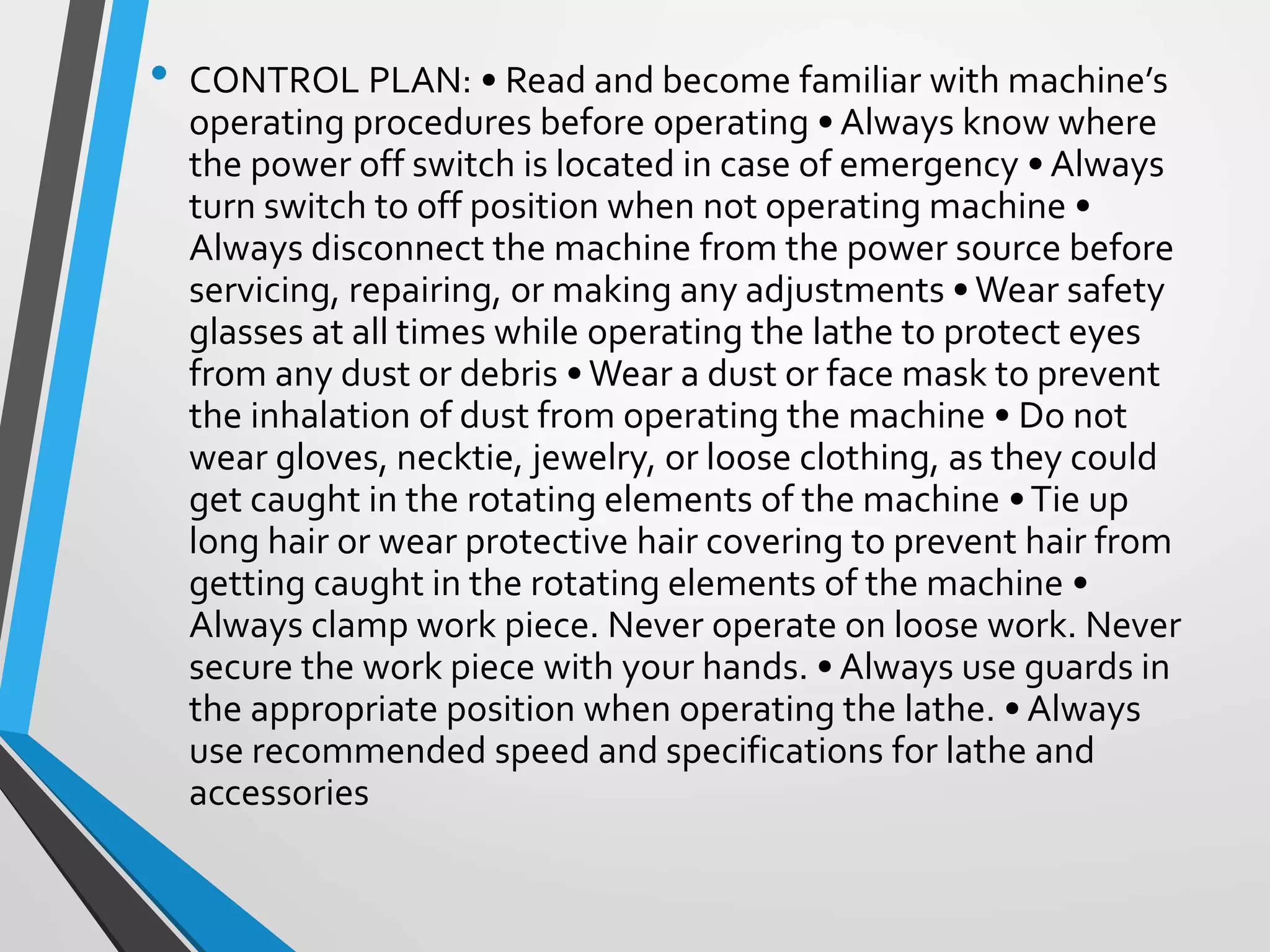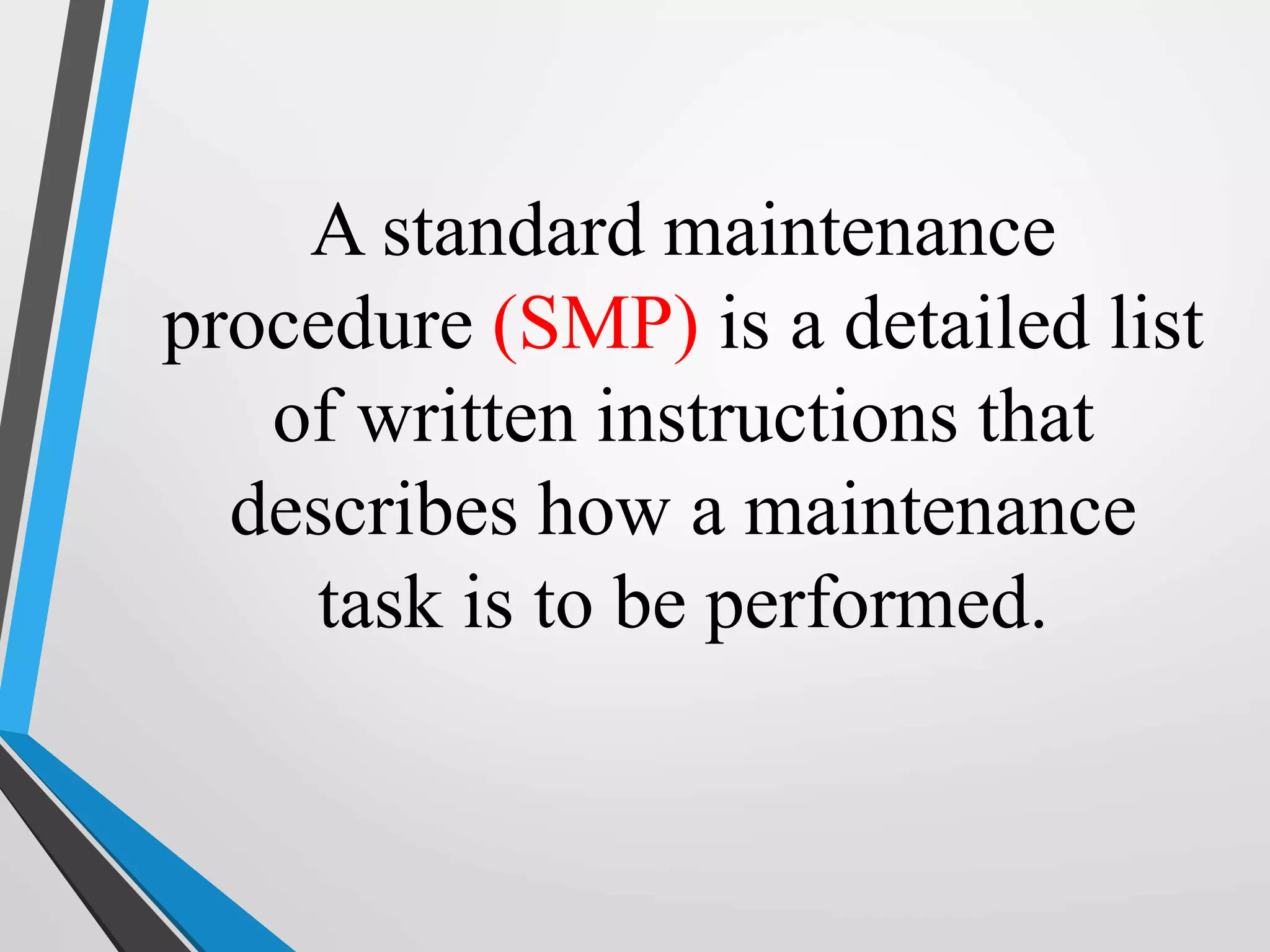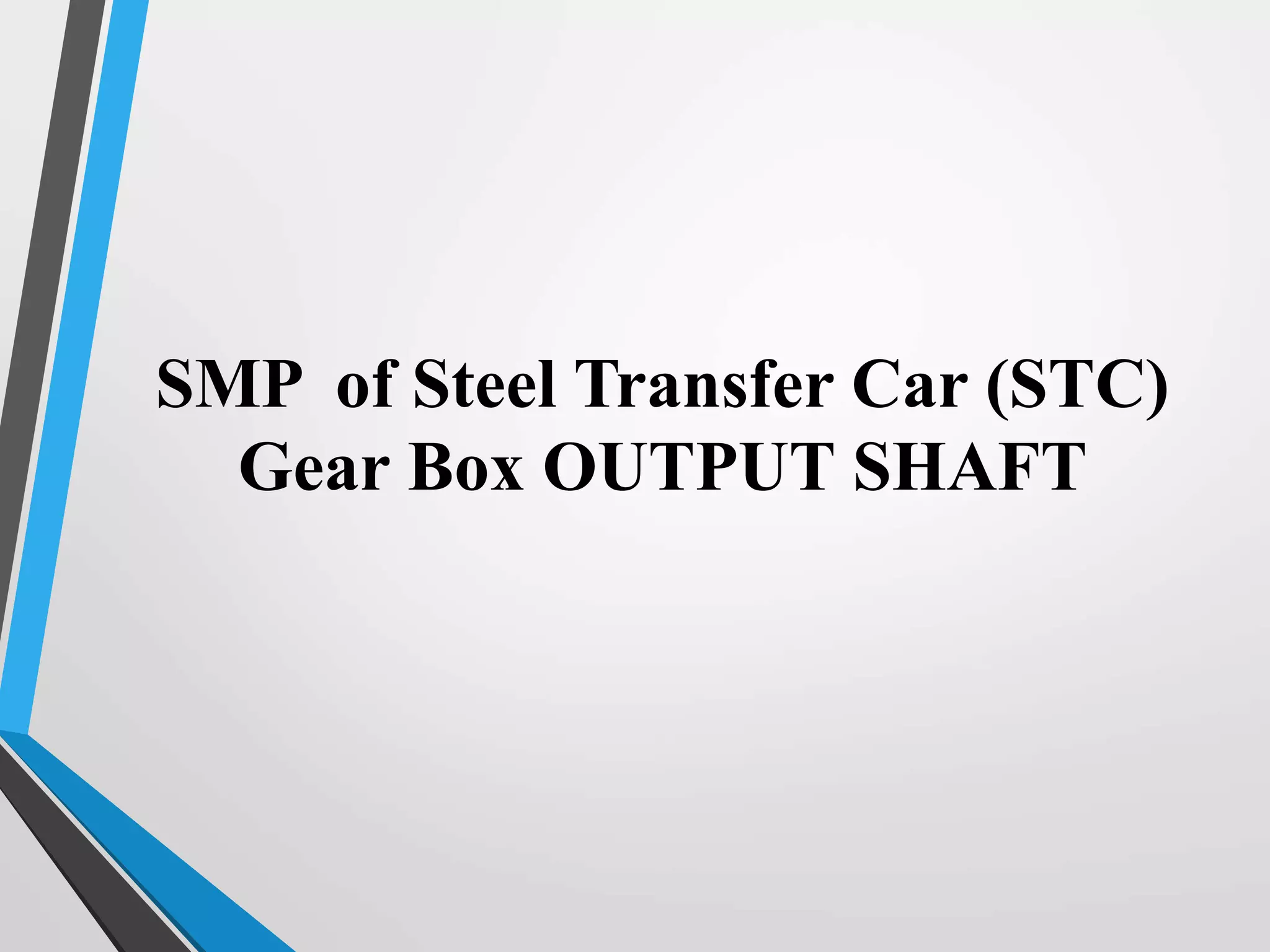The document provides instructions for maintaining the output shaft gear box of a steel transfer car. It details dismantling the damaged output shaft assembly, which involves removing the gear coupling using a hydraulic press. Reassembly is also described, such as fixing split plates and adjusting them before recoupling the gear. The procedure aims to repair the output shaft assembly efficiently and with quality.
